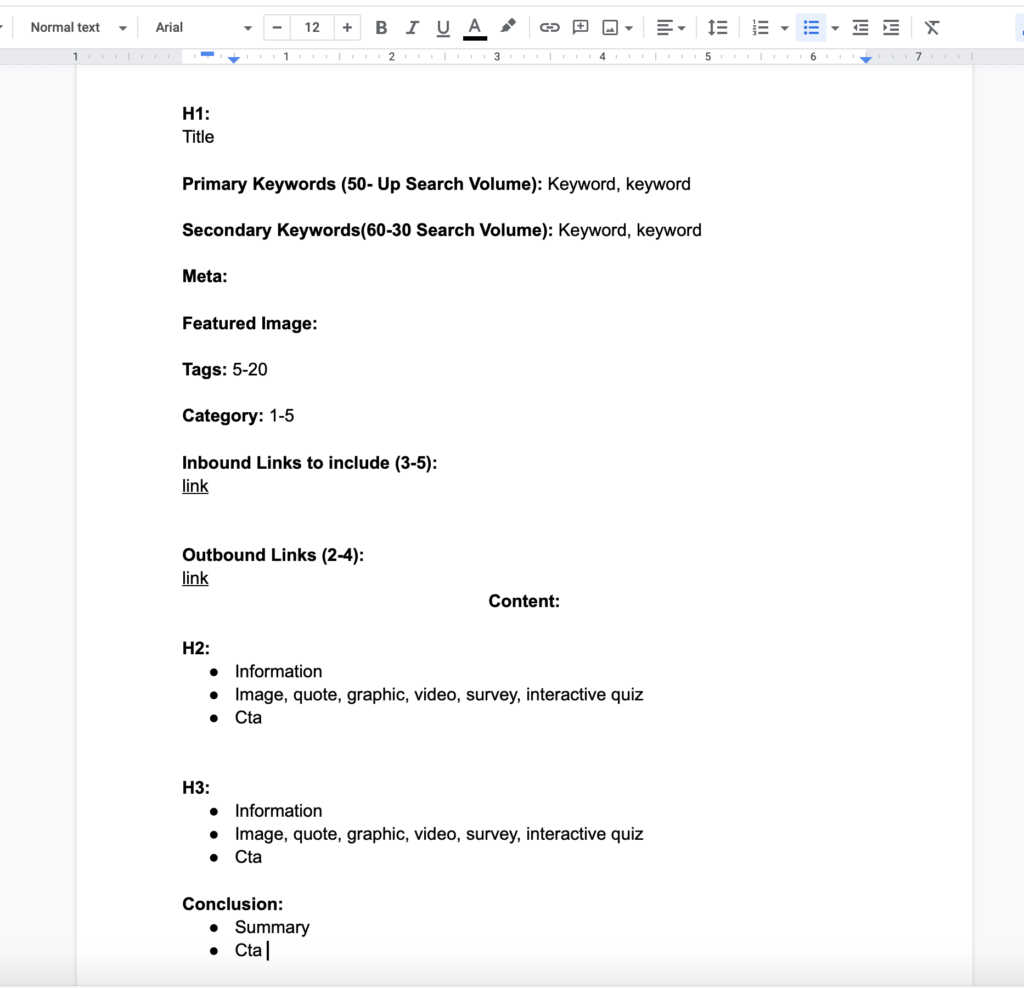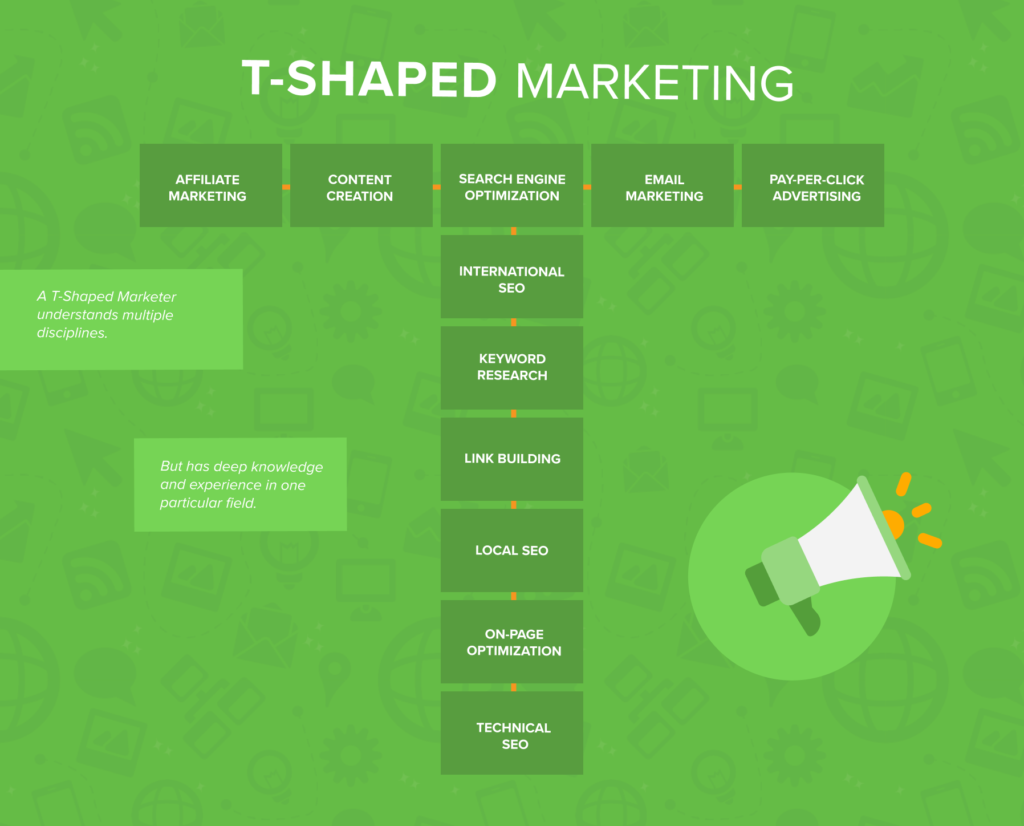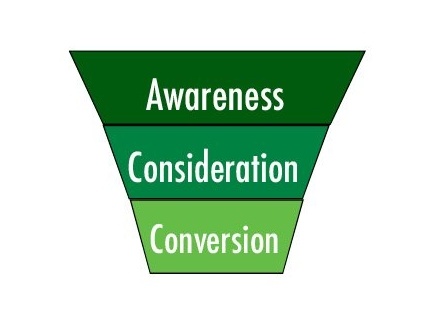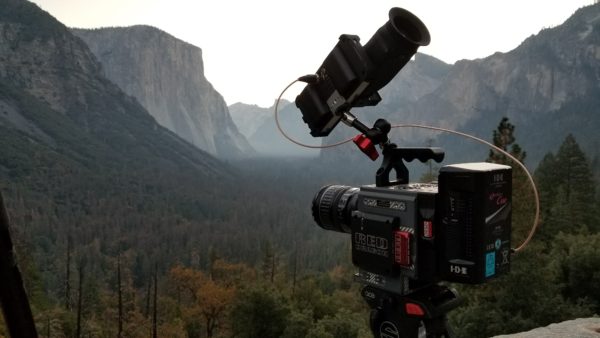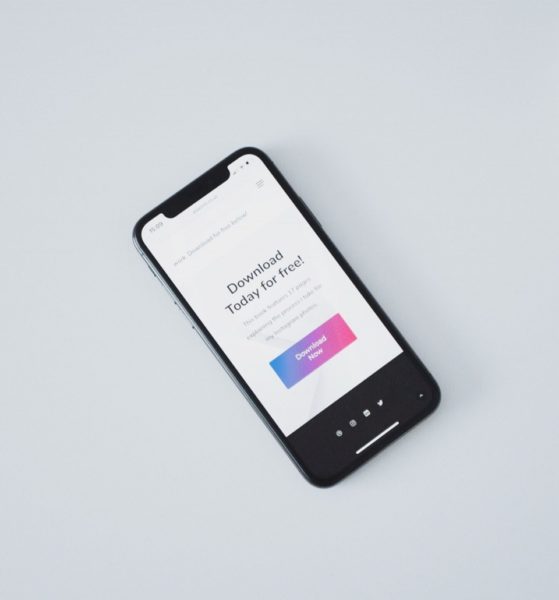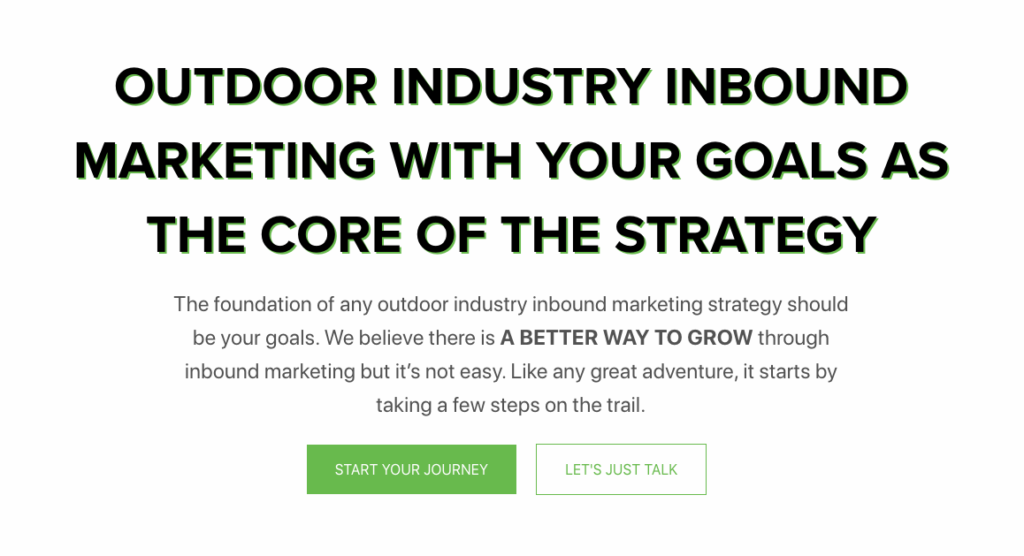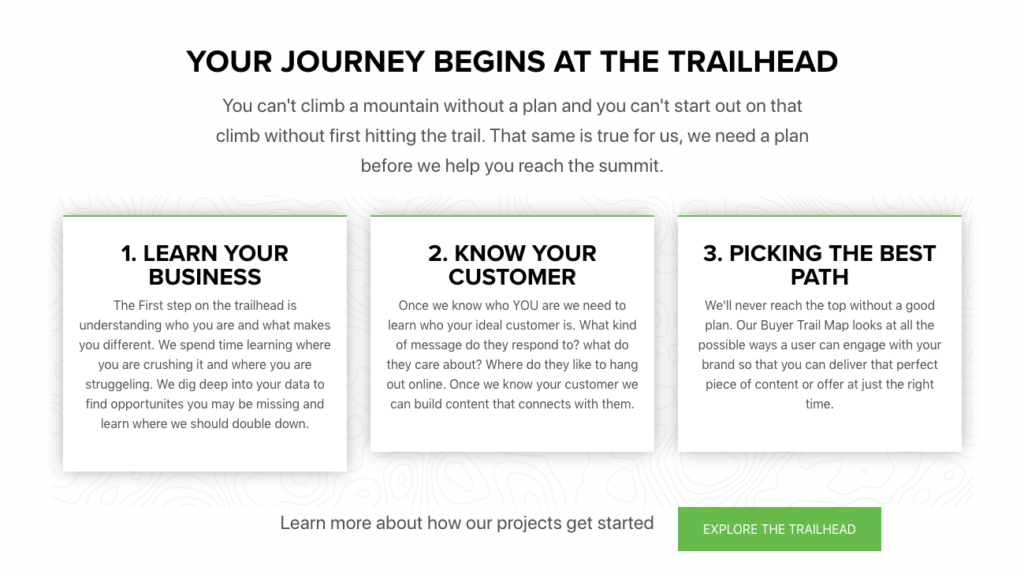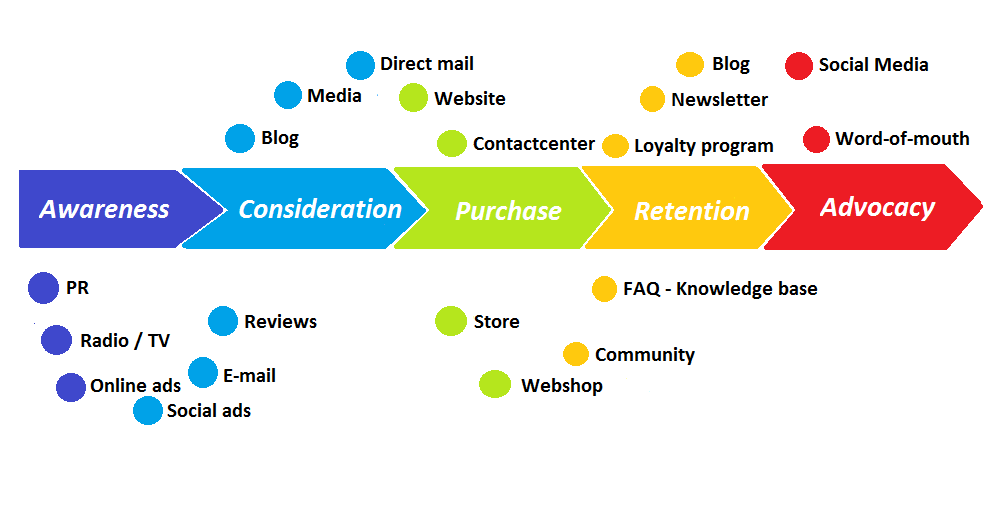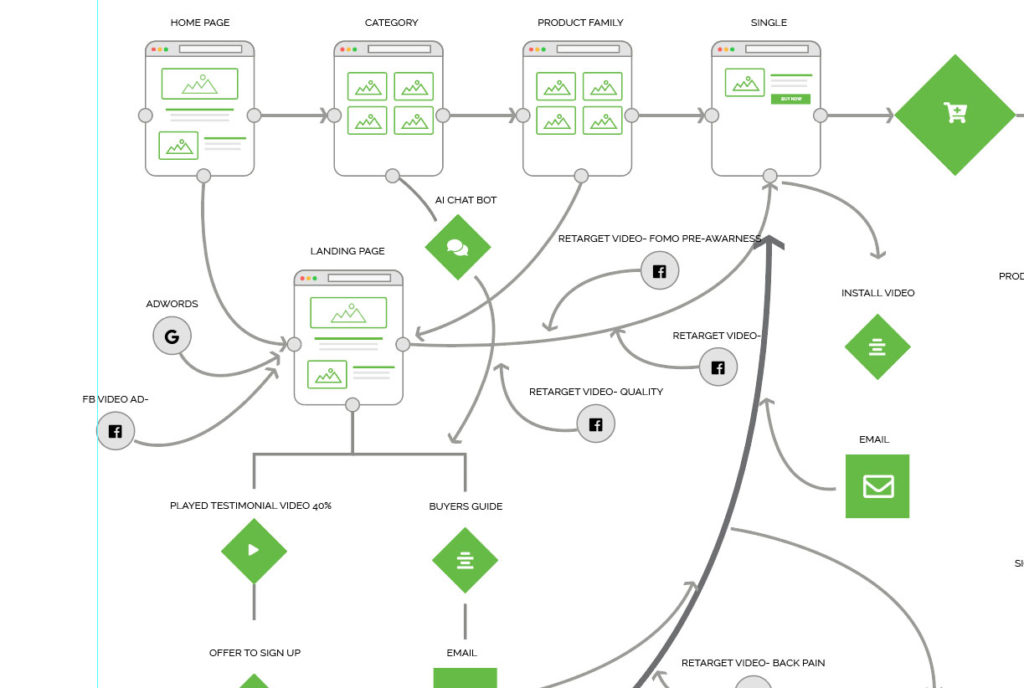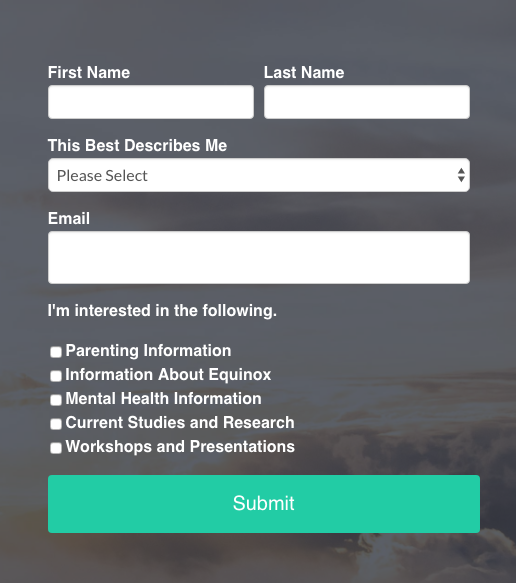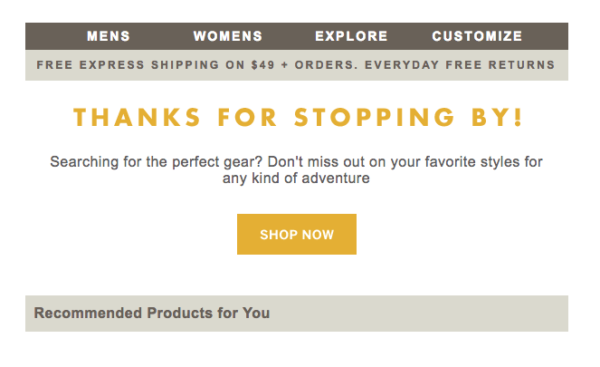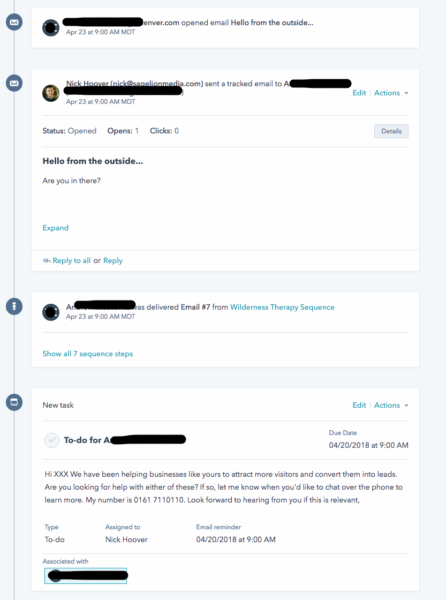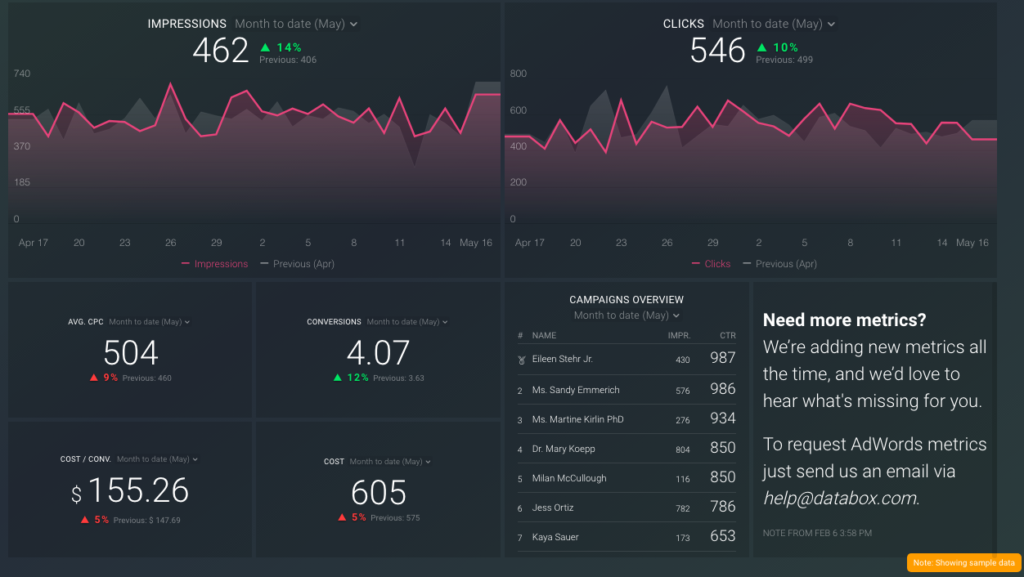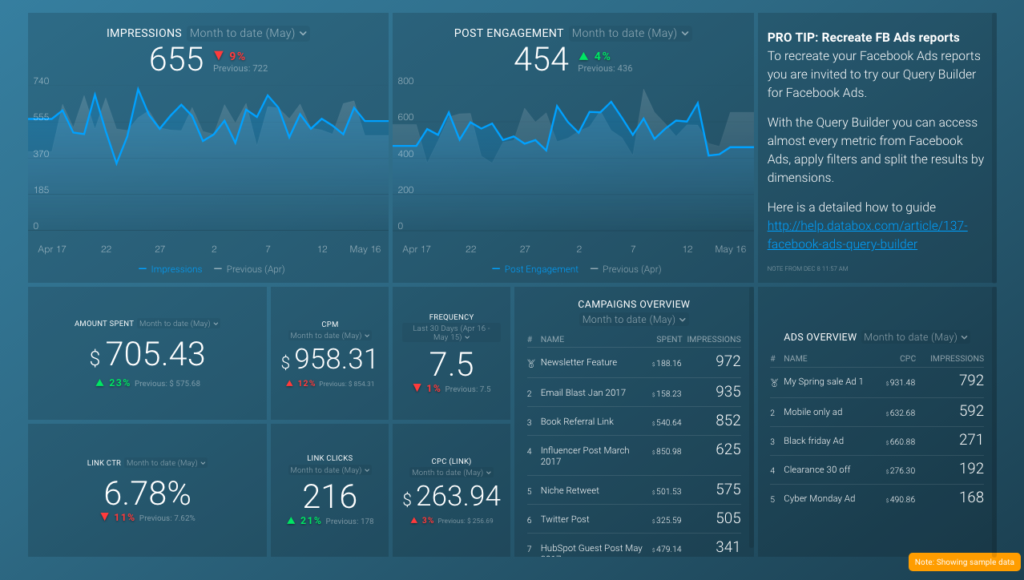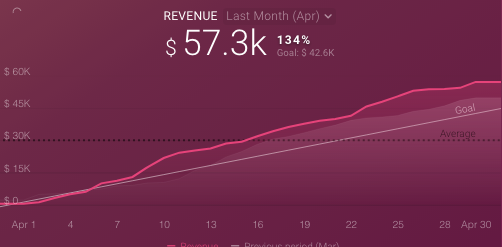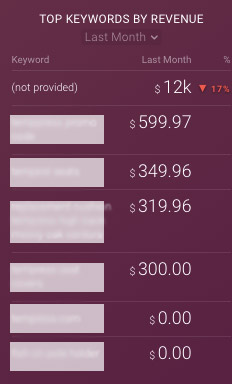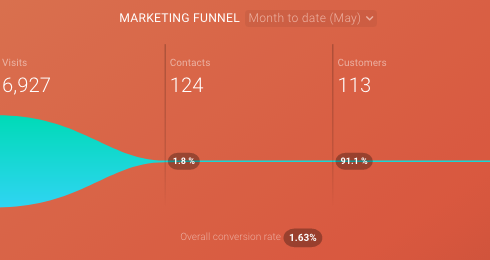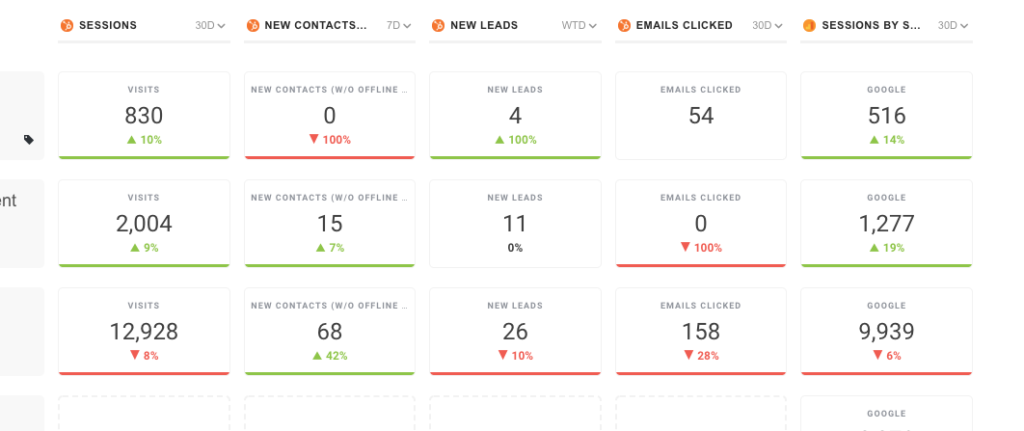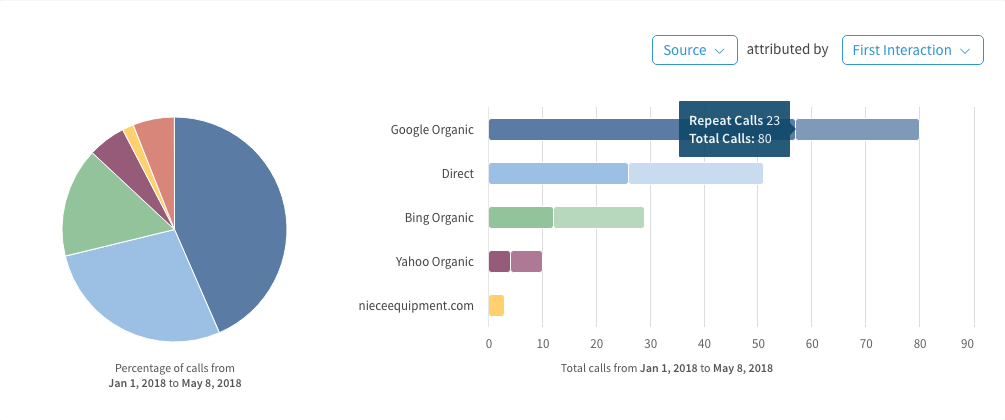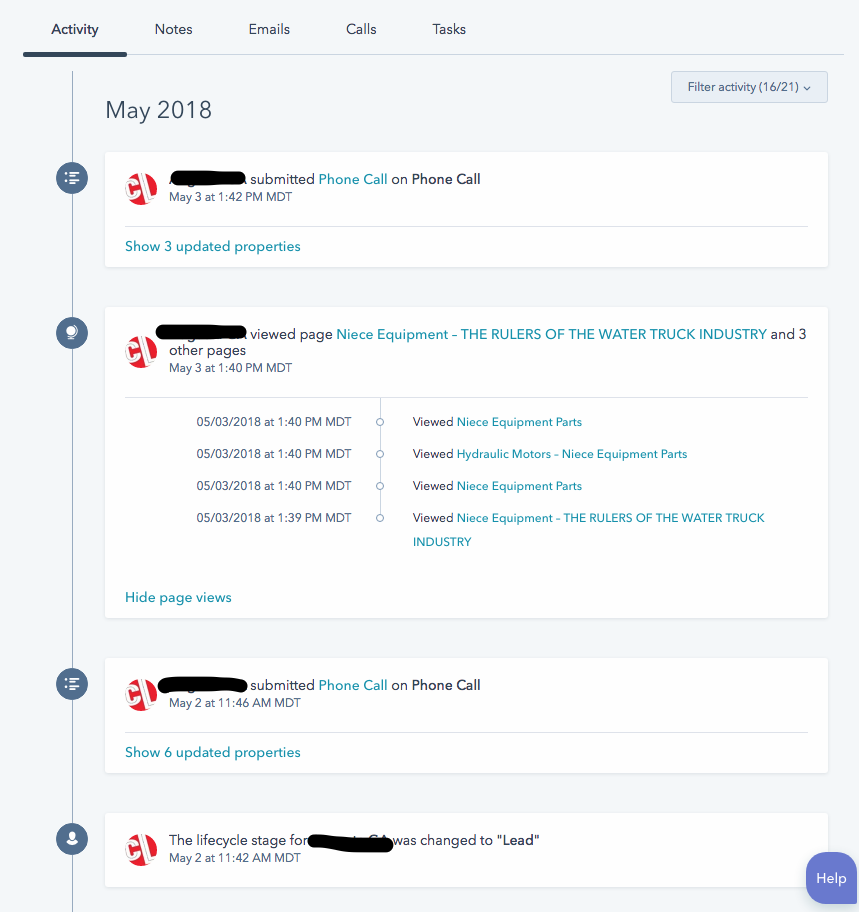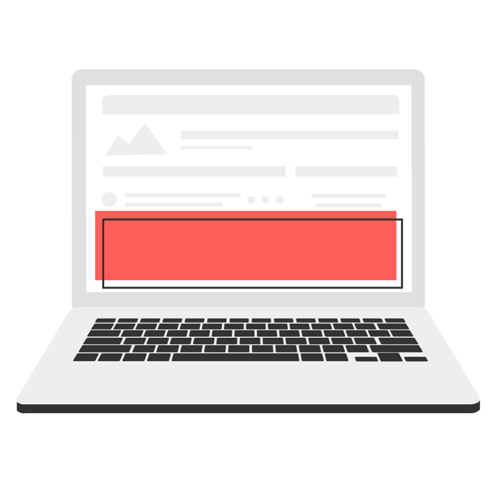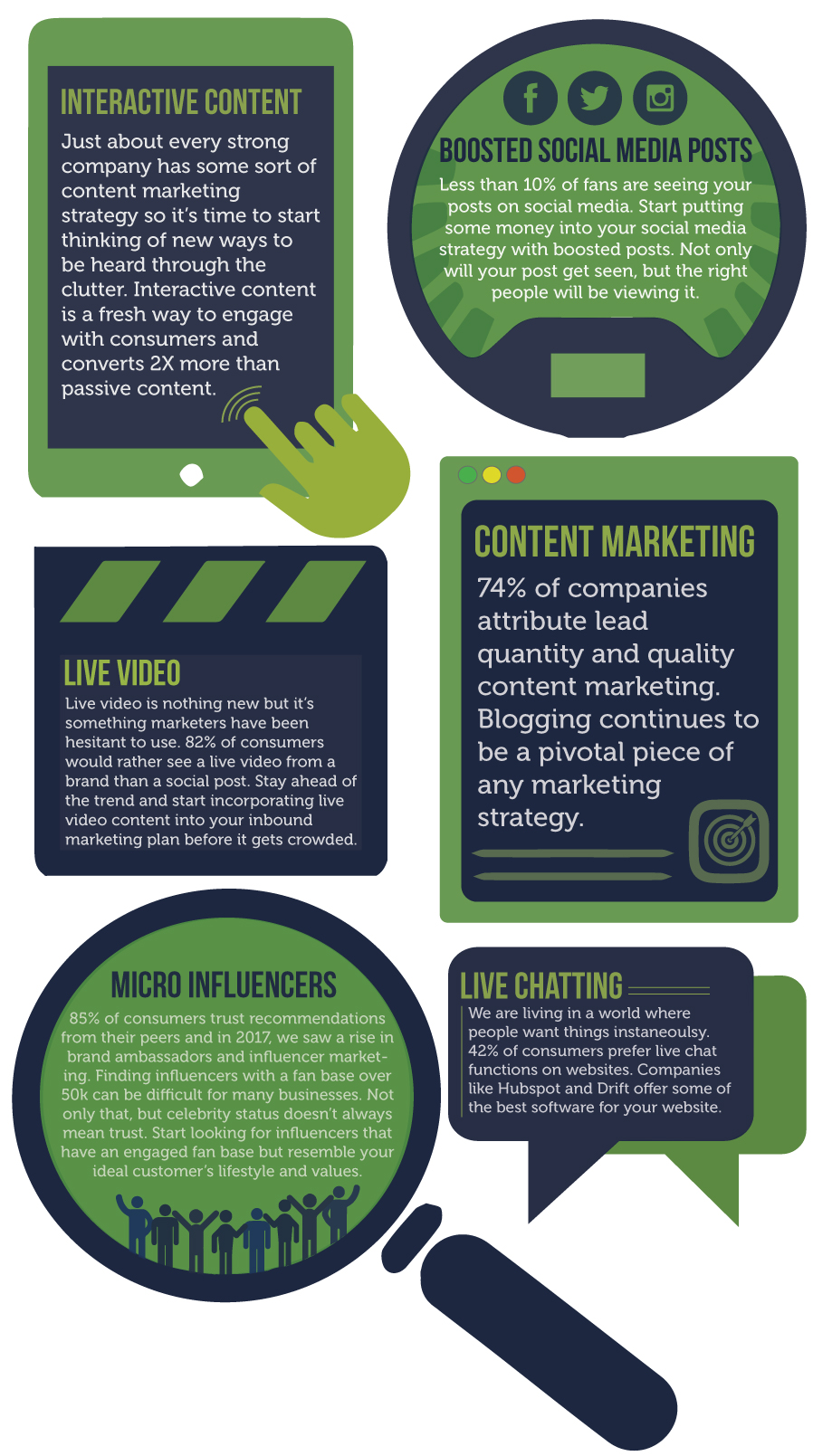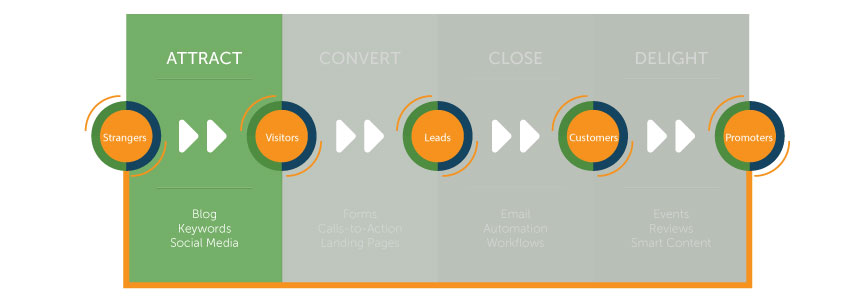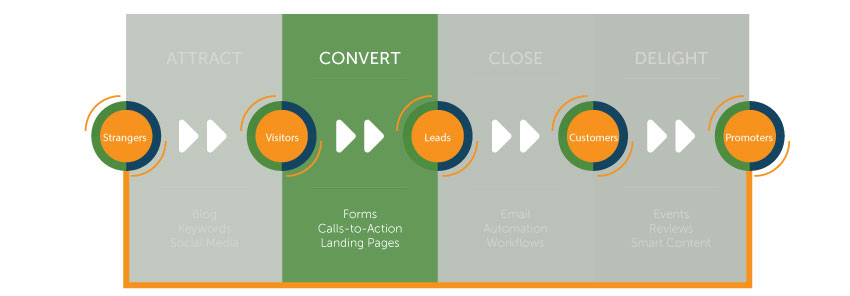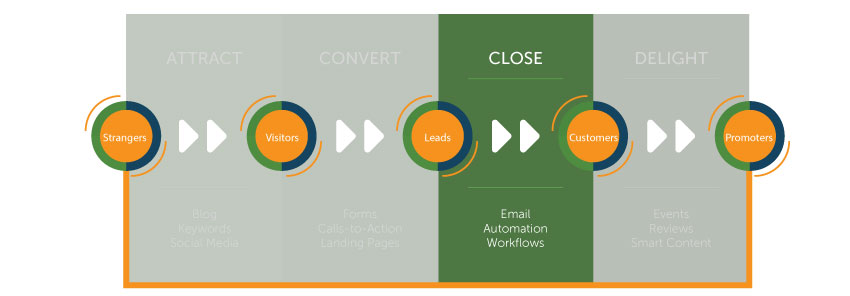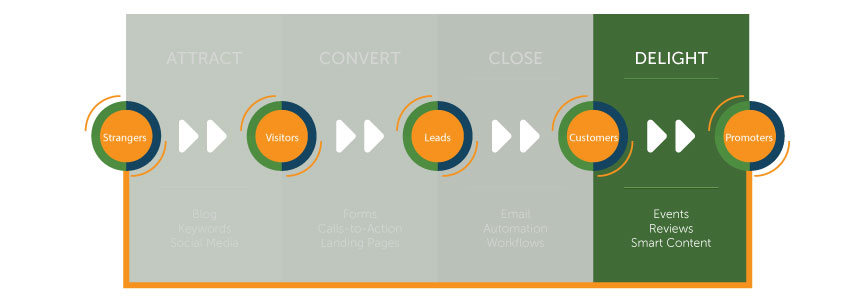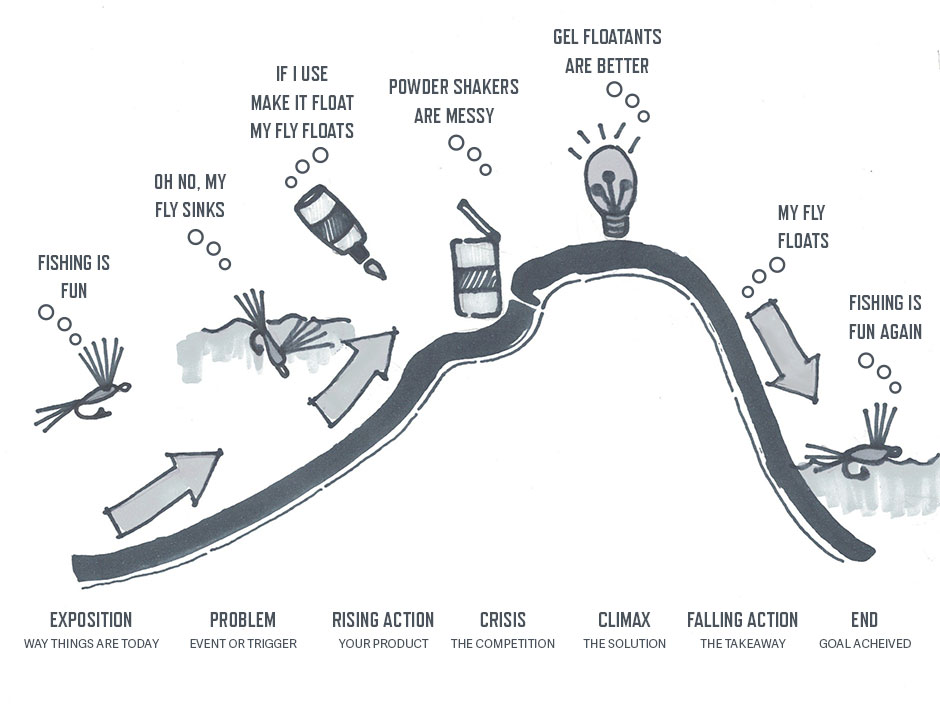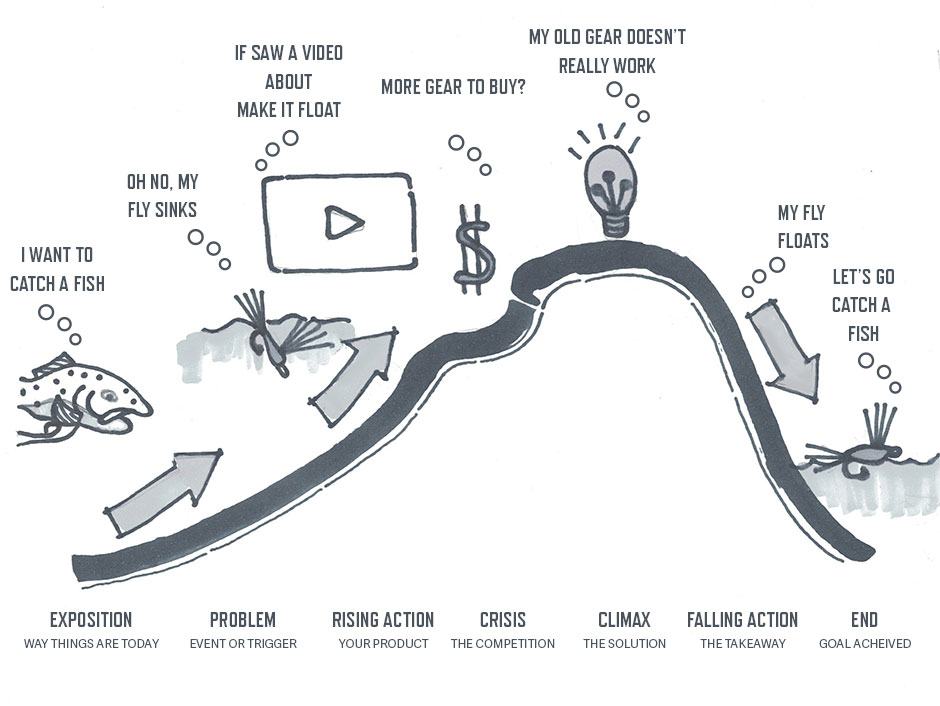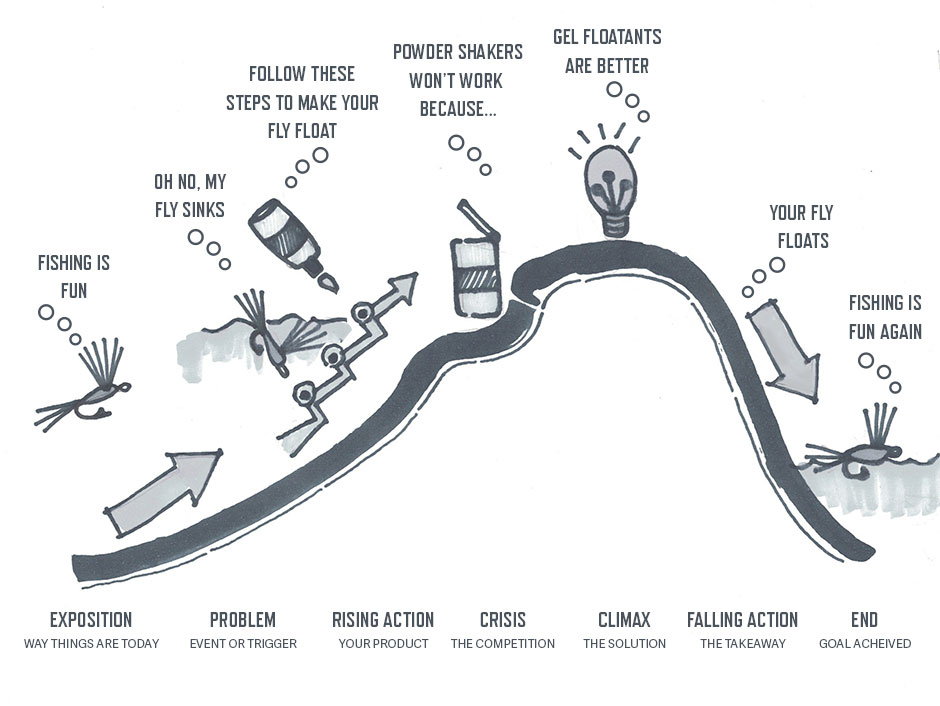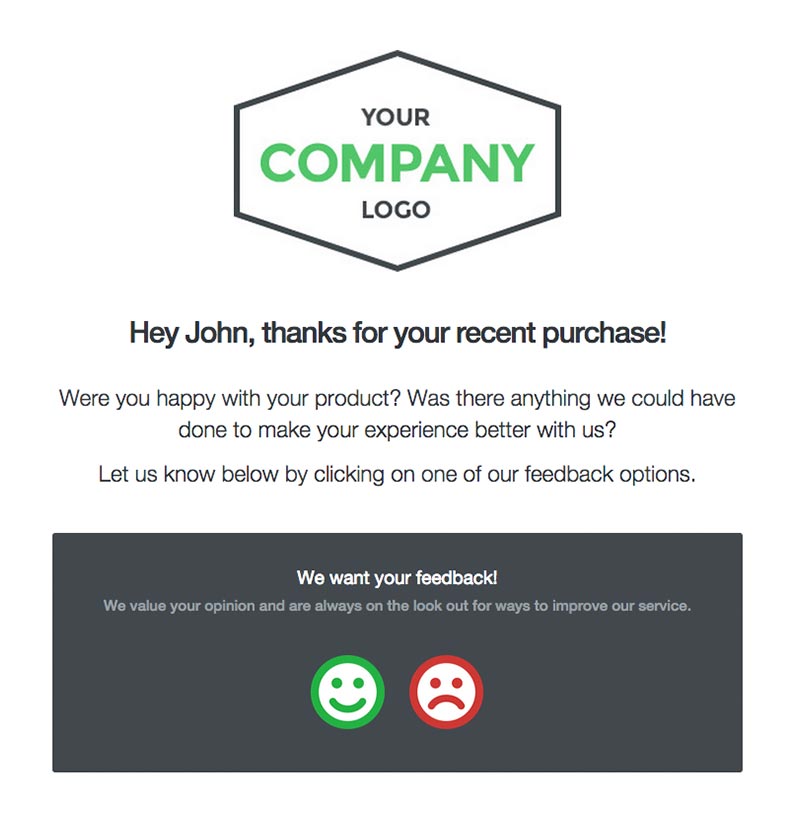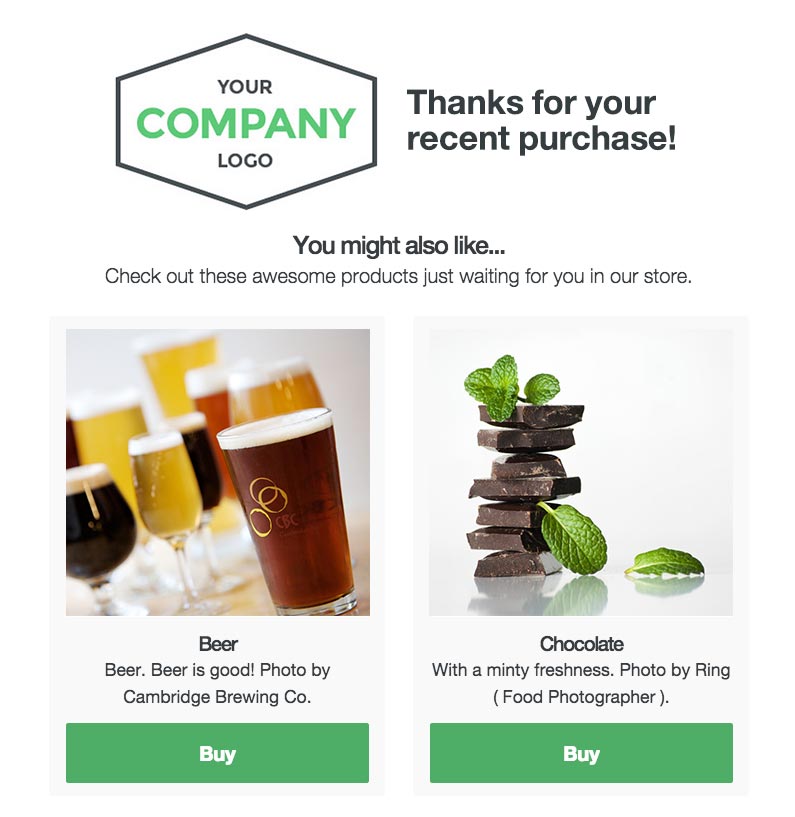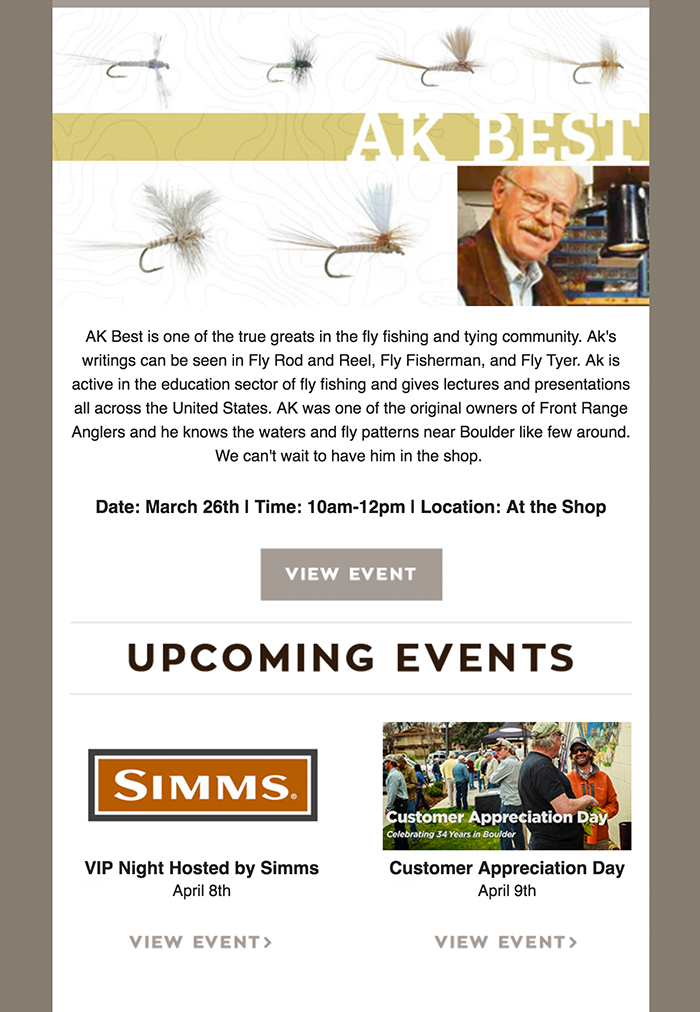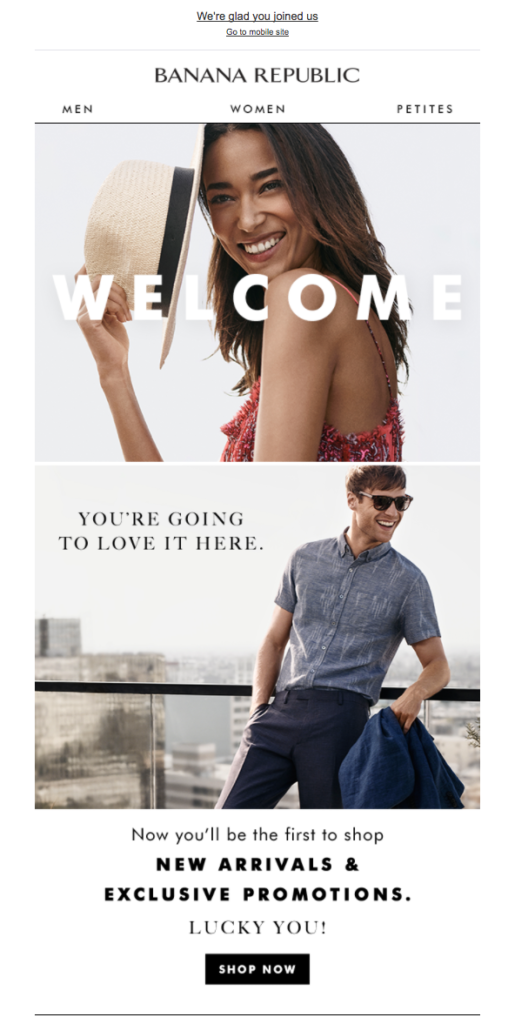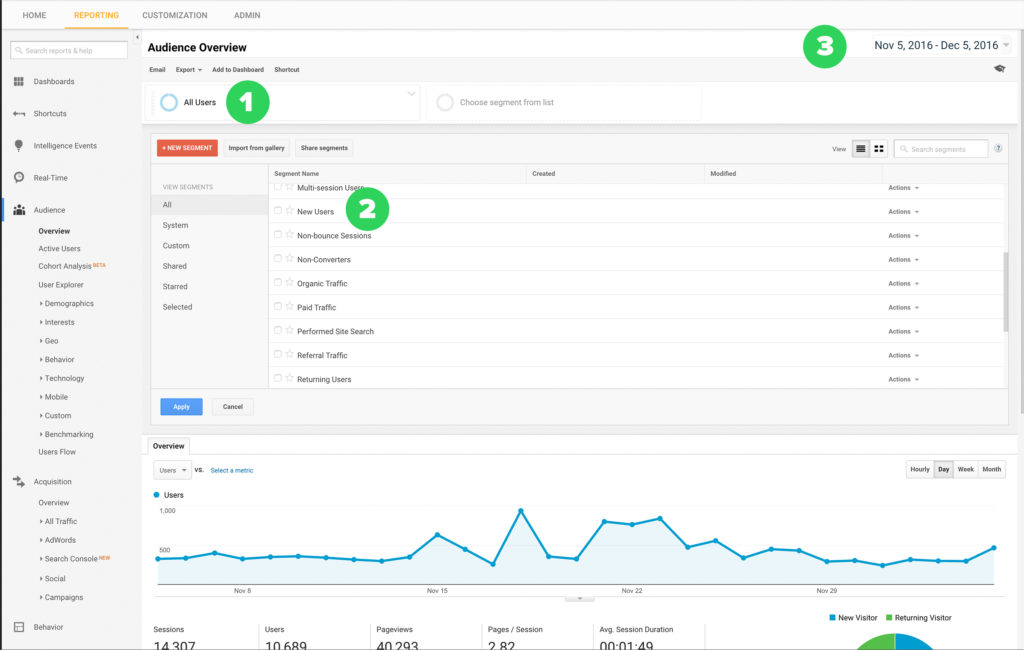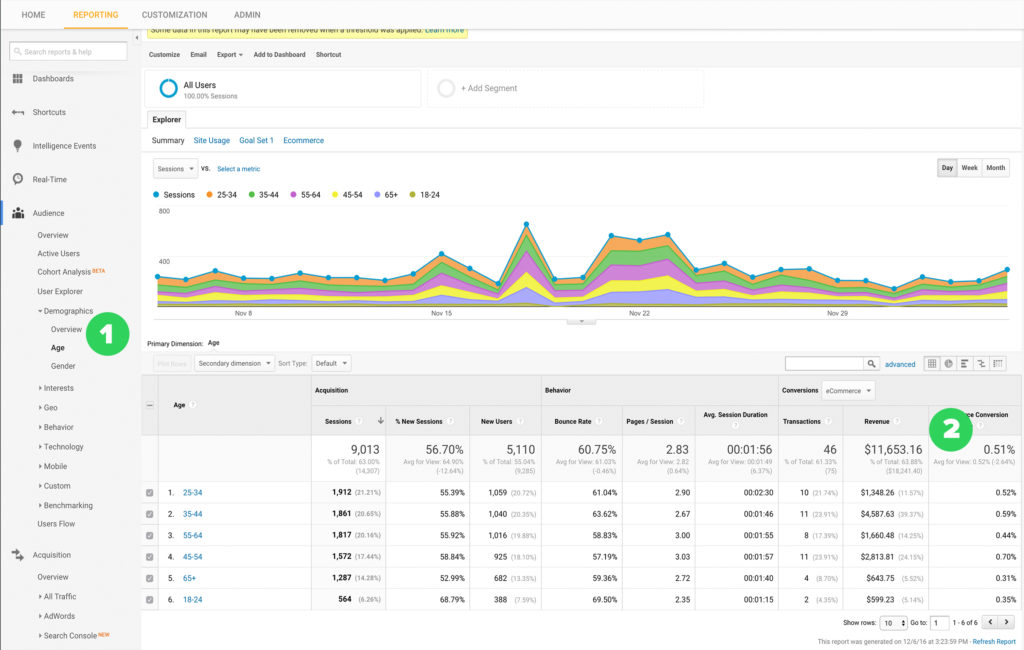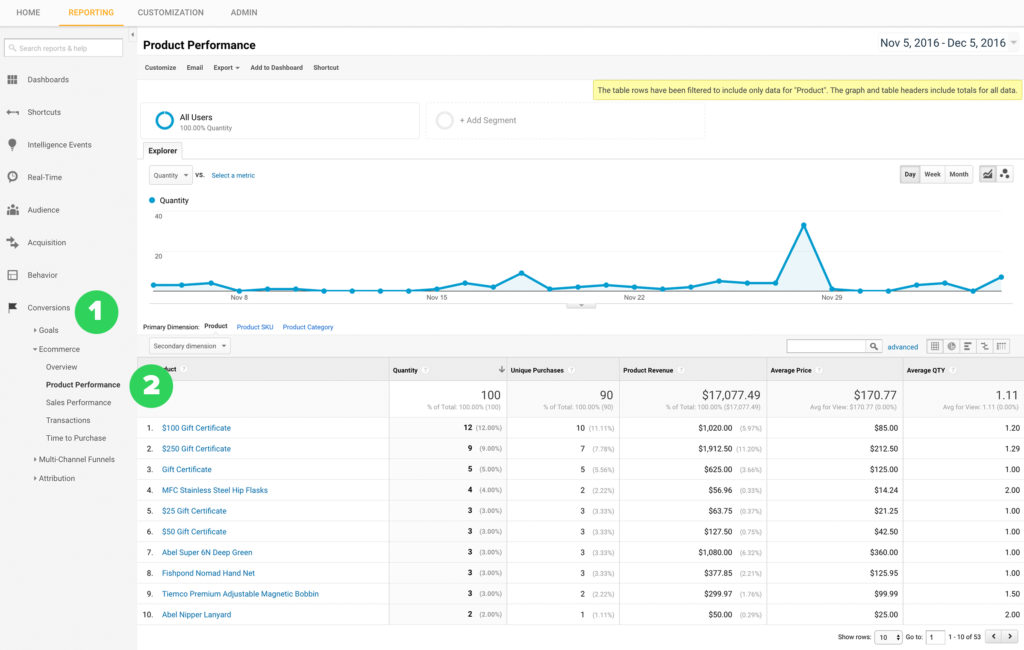How to Build a Buyer Persona and Why They Matter
Even the best marketing strategies and tactics can only get you so far if you do not know who you’re marketing to. Creating a buyer persona is an integral part of marketing. Buyer personas help outdoor marketers and businesses understand the needs, desires, and habits of their customers while also predicting what triggers them to buy their product or service.
What is a buyer persona?
The point of a buyer persona is to better understand who your ideal customer is and how to market to them. A buyer persona is your ideal customer avatar that represents one of your key target audiences. We recommend making more than one persona since often your data will be composed of a variety of people. Your personas will be created by assessing the demographic and psychographic data that you have accumulated since the start of your business.
Follow this blog and learn the 6 steps to building your buyer persona.
1. Demographics
First let’s think about demographics. Demographic data is collected information used to inform researchers and outdoor marketers about the characteristics of your outdoor customers. While this may be surface level information, it is integral to understanding your audience and building your persona. Demographic data can help you answer the following questions: How old is your audience? What part of the world or country do they live in? How much money do they make per year? Do they have a family? Are they single or married? These high level questions are the first step in identifying the persona you will be building.
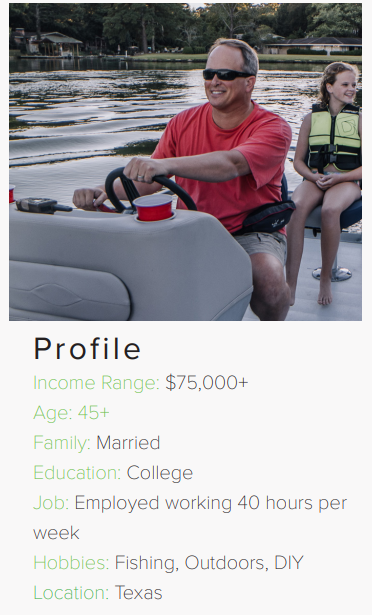
Demographic data has helped us understand key features of this persona including income range, age, family, education, and location. We recommend choosing a photo for your persona that will embody these characteristics so you can better visualize who you are speaking to.
2. Psychographics
Psychographic data is collected to better understand why the population buys and does the things they do through collecting data about their lifestyles, behaviors, and habits. Psychographic data is harder to get but is extremely helpful in building and validating buyer personas. The best way to collect psychographic data is to ask your audience directly through surveys and forms throughout your website. Psychographic data helps us build a bio for our personas as seen in this example:
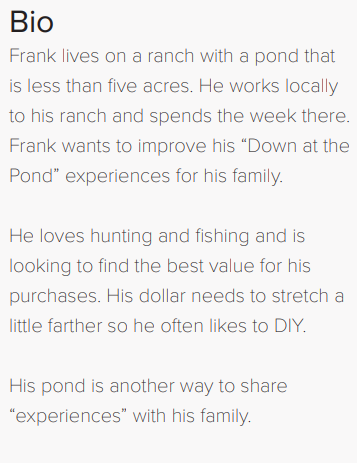
Creating a bio for your persona unpacks the lifestyle, hobbies, and the interests of your outdoor customers and helps marketers understand the language to use while writing things like website copy or ads.
3. Build a User Story
Once you understand who your persona is, build a user story for them. A user story describes what the persona is ideally looking for without necessarily identifying how your product or service can help. Building a user story helps outdoor marketers understand potential pain points and goals that their products or services can help ease or how they can fit into the personas lifestyle.

The user story can be brief but should have enough information to help frame the goals and triggers of the persona.
4. Identify Goals and Triggers
The goals of the persona should take into account the lifestyle and values they hold. Are they on a budget and looking to save money? Do they want to spend more time with family? Do they have time for a high maintenance project or product? Look back at your profile, bio, and user story to estimate what these goals will be.
Triggers are the things that push your persona to finally purchase the product or service. Maybe they’re looking for a replacement for something they’ve had for years or are seeking a solution to a new problem they’ve been having. Understanding your persona’s triggers will come in handy when the customer is getting close to a purchasing decision. If you touch on their pain points in your ads or website copy, they will feel more inclined to buy.
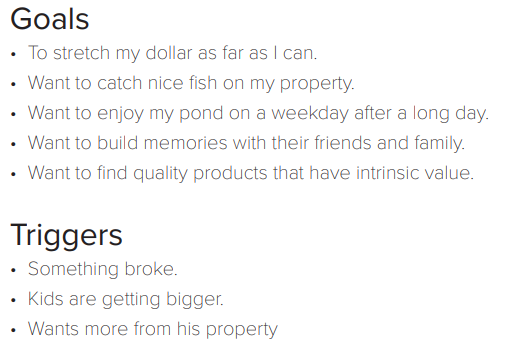
5. Understand Your Persona at Each Stage of the Buyer Journey
The buyer journey is broken down into awareness, self-educating, consideration, rationalizing, and decision. As your persona moves throughout these stages of the journey, the way you should interact with them will vary. In the awareness stage, they may not even know they have a problem or that your company exists. In this stage it is important to show them your brand and products without pushing sales too much. Once they realize your product and brand is right for them, your interactions are going to eventually lead to a sale. To understand this journey, map out potential questions your persona may have as they move through each stage and create landing pages and ads that help move them to the next stage.
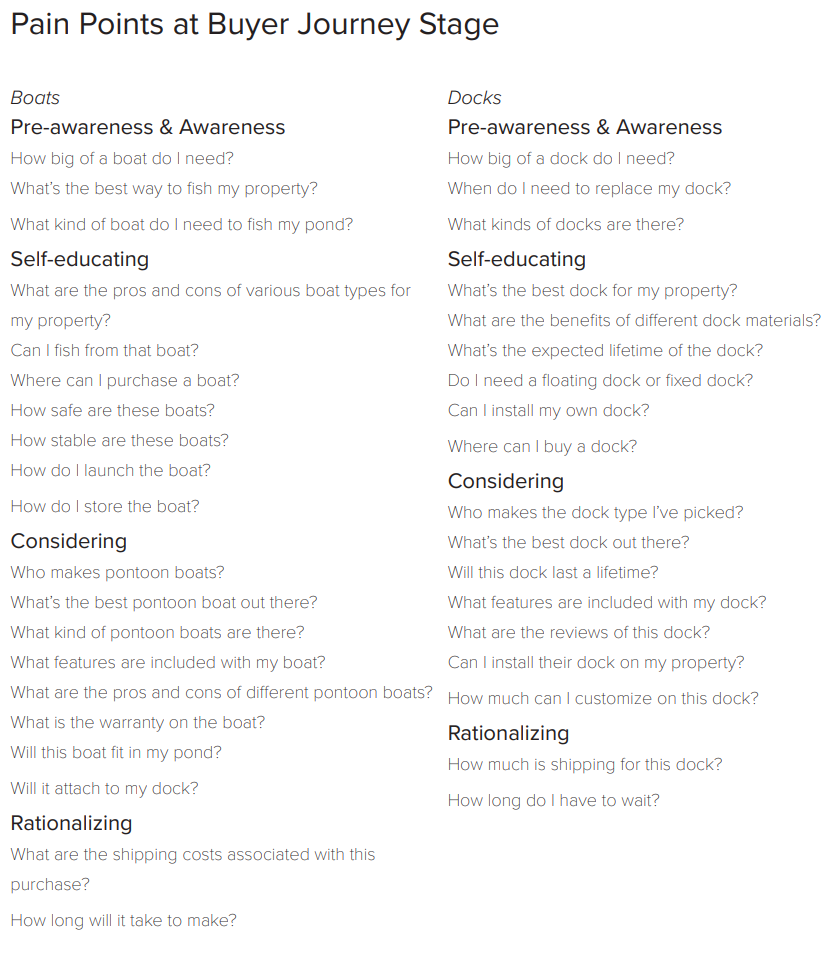
6. Build the Persona
Once you’ve completed each of these steps, download our buyer persona template and fill out the document to build your persona.
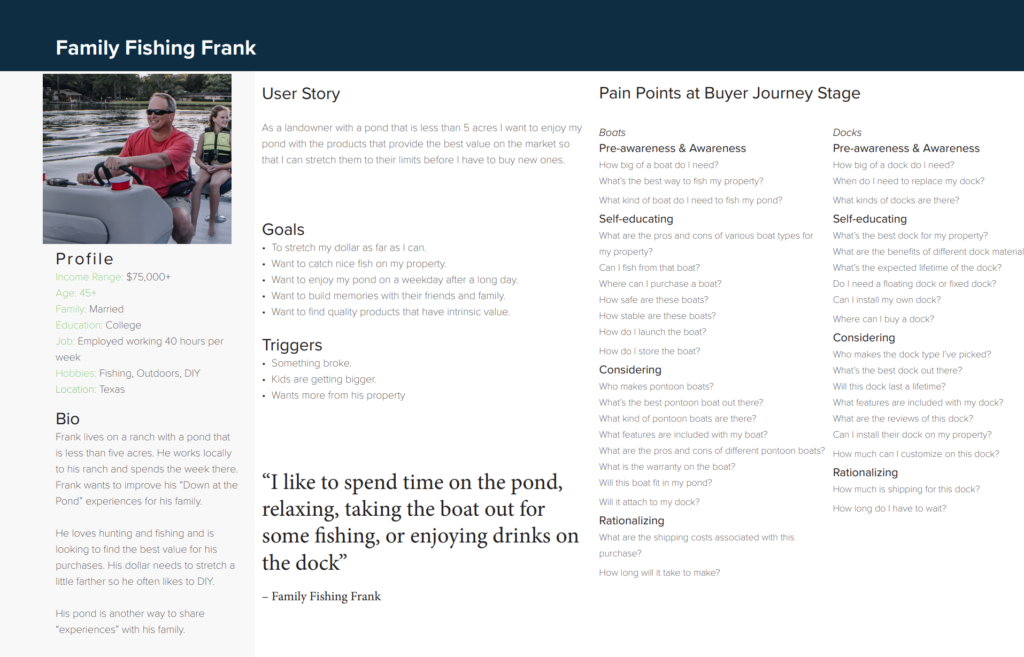
Creating buyer personas is the first step in transforming your outdoor content and marketing efforts. Humanizing your data this way will help your outdoor marketing team stay on track and be consistent with your messaging across all channels and generate more sales for your brand.
Are you interested in starting your content transformation? Contact us today for a consultation.


